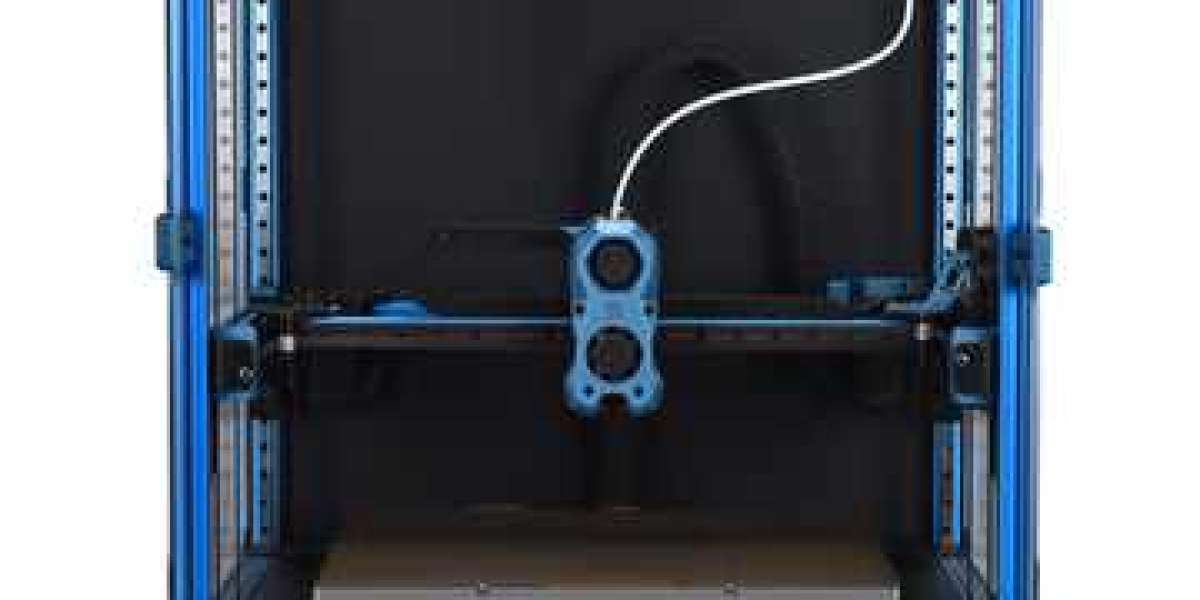In the ever-evolving landscape of manufacturing, CNC (Computer Numerical Control) machining stands as a beacon of innovation, driving advancements in precision engineering and production efficiency. As industries embrace digitalization and automation, the realm of CNC machining products continues to witness groundbreaking innovations that push the boundaries of what is possible. This article explores the latest trends and future possibilities in CNC machining technology, offering insights into the next frontier of manufacturing excellence.
Advanced Materials and Tooling Solutions
Composite Materials Machining
- Carbon Fiber Reinforced Polymers (CFRP): With the increasing demand for lightweight, high-strength components in aerospace, automotive, and sporting goods industries, CNC machining is evolving to meet the challenges of machining complex composite materials like CFRP with precision and efficiency.
- Diamond and CBN Tooling: To tackle the machining complexities posed by abrasive and challenging materials, the development of diamond and cubic boron nitride (CBN) cutting tools promises extended tool life, improved surface finish, and enhanced productivity in CNC machining operations.
Additive Manufacturing Integration
- Hybrid Manufacturing Systems: The integration of additive manufacturing (AM) and CNC machining technologies opens new avenues for hybrid manufacturing processes, allowing for the creation of complex, functional parts with greater design freedom, reduced lead times, and enhanced material properties.
- In-Situ Repair and Finishing: By combining additive deposition with CNC machining capabilities, manufacturers can perform in-situ repair, finishing, and surface modification of components, enabling on-demand customization, part salvage, and rapid prototyping with minimal material waste.
Advancements in CNC Machining Technology
Multi-Tasking Machining Centers
- Simultaneous Operations: Multi-tasking machining centers equipped with multiple spindles, turrets, and axes enable the simultaneous execution of milling, turning, drilling, and grinding operations in a single setup, reducing cycle times, eliminating manual interventions, and maximizing throughput.
- Machining Complex Geometries: With enhanced multi-axis capabilities and adaptive tooling solutions, multi-tasking machines can efficiently produce complex geometries, such as impellers, turbine blades, and medical implants, with high precision and surface finish.
AI-driven Optimization
- Machine Learning Algorithms: AI-driven machining optimization algorithms analyze vast datasets of machining parameters, tool performance, and production metrics to identify patterns, optimize cutting strategies, and predict tool wear, enabling adaptive machining processes that continuously improve efficiency and quality.
- Real-time Decision Support: Integrated AI systems provide real-time decision support to CNC machine operators, offering insights into process optimization, tool selection, and predictive maintenance, empowering manufacturers to make informed decisions and optimize production workflows.
Sustainable Manufacturing Practices
Green Machining Technologies
- Dry Machining Techniques: Advanced cutting tool coatings, lubrication systems, and high-pressure coolant delivery systems enable dry machining operations, minimizing the use of cutting fluids, reducing environmental impact, and improving workplace safety in CNC machining facilities.
- Energy-Efficient Machining Processes: CNC machining systems equipped with energy-efficient spindle motors, servo drives, and regenerative braking systems optimize power consumption, reduce carbon footprint, and lower operating costs while maintaining productivity and performance.
Closed-Loop Manufacturing Systems
- Integrated Recycling Solutions: Closed-loop manufacturing systems incorporate material recycling and waste management solutions into CNC machining processes, facilitating the reuse of scrap material, swarf, and end-of-life components to minimize waste generation and promote sustainability.
- Circular Economy Initiatives: By embracing circular economy principles, CNC machining manufacturers adopt remanufacturing, refurbishing, and product life extension strategies to prolong the lifespan of components, conserve resources, and reduce environmental impact throughout the product lifecycle.
Conclusion
The future of CNC machining products is marked by a convergence of cutting-edge technologies, sustainable practices, and visionary innovation. As industries continue to push the boundaries of what is possible, CNC machining stands poised to lead the charge towards a future of manufacturing excellence, where precision, efficiency, and sustainability converge to shape the world of tomorrow. Embracing these innovations, adopting forward-thinking strategies, and fostering a culture of continuous improvement will be key to unlocking the full potential of CNC machining in the years to come.








